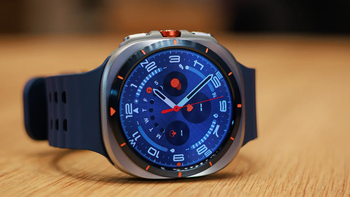Microsoft patents 'tactile touchscreens' that react to UV light

Tactile touchscreens, if you haven't heard of them, are touchscreens on which you can perceive texture, rather than just the flat keyboard. In the short term, that will mean faster and more intuitive keyboard typing, but it could have unlimited potential in the future.
Nokia, Carnegie Mellon, and Senseg are working on tactile touchscreen solutions, but they all revolve around perception. They use what's called 'vibrotactile feedback' to trick the user's fingertips into perceiving texture. This requires a wide range of voltage frequencies, some of which are annoyingly audible.
Microsoft has taken a different approach, opting to develop real textured cells on the touchscreen's surface. It would involve plastic cells, about the size of a pixel, that would raise from the screen to convey any range of shapes. One potential use is braille, which wouldn't be conveyable on the vibrotactile displays.
Microsoft has opted for a creative method to control these plastic cells. When the user's finger approaches the screen, the infrared reflection tells the screen where to create texture. A projector, sitting underneath the sheet of plastic cells, then transmits a signal for the desired texture via UV wavelength.
The technology is admittedly a ways off, and Microsoft isn't even sure its feasible. But we're cautiously optimistic that we'll see this on our smartphones one day.
source: NewScientist via Gizmodo
Microsoft has opted for a creative method to control these plastic cells. When the user's finger approaches the screen, the infrared reflection tells the screen where to create texture. A projector, sitting underneath the sheet of plastic cells, then transmits a signal for the desired texture via UV wavelength.
source: NewScientist via Gizmodo
Follow us on Google News













Things that are NOT allowed:
To help keep our community safe and free from spam, we apply temporary limits to newly created accounts: